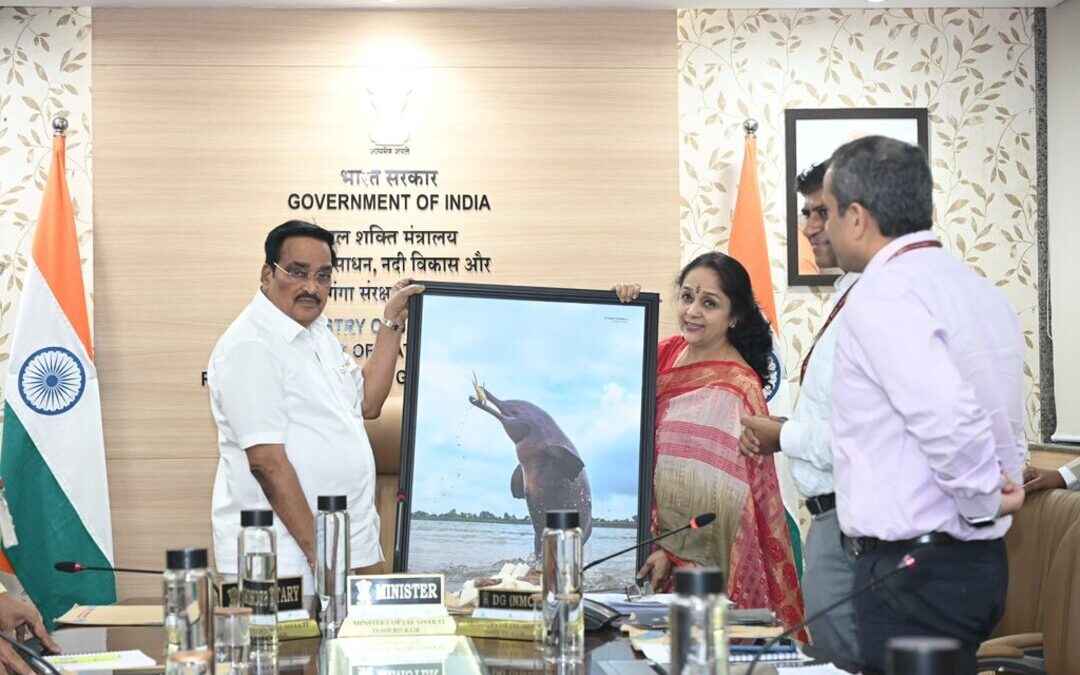India Unveils Digital Platform to Boost Freshwater Biodiversity Conservation
Jal Shakti Ministry launches a digital platform that reviews key freshwater biodiversity projects under the Clean Ganga Mission.
Union Minister of Jal Shakti CR Patil reviewed major conservation projects spearheaded by the Wildlife Institute of India under the National Mission for Clean Ganga on Thursday, unveiling a new digital platform to enhance efforts to protect freshwater biodiversity.
During a high-level meeting in the capital, Patil commended the ongoing work of the WII and the NMCG, praising their efforts in restoring aquatic biodiversity, improving river health and mobilizing community participation.
“This is a commendable example of science-based and community-driven conservation,” Patil said, highlighting the outreach and capacity-building initiatives undertaken across the Ganga basin.
He also proposed organizing a Ganga Prahari Conclave to deepen engagement with volunteer conservationists and called for new initiatives focused on protecting the Mugger crocodile.
Digital Platform and Knowledge Products Launched
A key highlight of the event was the launch of www.rivres.in, a digital dashboard developed under the aegis of the Ministry of Jal Shakti and WII.
The platform offers ecological insights, case studies, and conservation data on India’s major rivers, including the Ganga, Godavari, Narmada and Cauvery.
It forms part of the Ganga Aqualife Conservation Monitoring Centre or National Centre for River Research.
The minister also released a set of new knowledge products, including Hydrophytes: Green Lungs of Ganga Volumes I & II and Protocols for Collection, Storage and Transportation of Biological Samples of Freshwater Macrofauna.
The publications highlight the scientific foundation behind India’s freshwater conservation initiatives.
Community Engagement and Technological Interventions
WII officials presented updates on their structured, six-pronged conservation model that includes species restoration, institutional capacity building, rescue and rehabilitation centers, and public education.
Community engagement has remained central, with more than 5,000 volunteers — known as Ganga Praharis—mobilized across states. Many of these volunteers, including many women, have been trained in biodiversity monitoring and rescue operations.
Additionally, a comprehensive survey—spanning 12,000 km across 22 rivers—was conducted using advanced technologies such as river mapping using the global positioning system and sound navigation and ranging.
The survey supports initiatives like Project Dolphin, which focuses on conserving the endangered Ganges river dolphin while promoting eco-tourism.
The meeting concluded with the ministry’s commitment to advancing sustainable and inclusive freshwater ecosystem conservation through continued collaboration with the WII.
Also Read:
India Approves $108M in Ganga Clean-up Projects, Pushes for River Conservation

